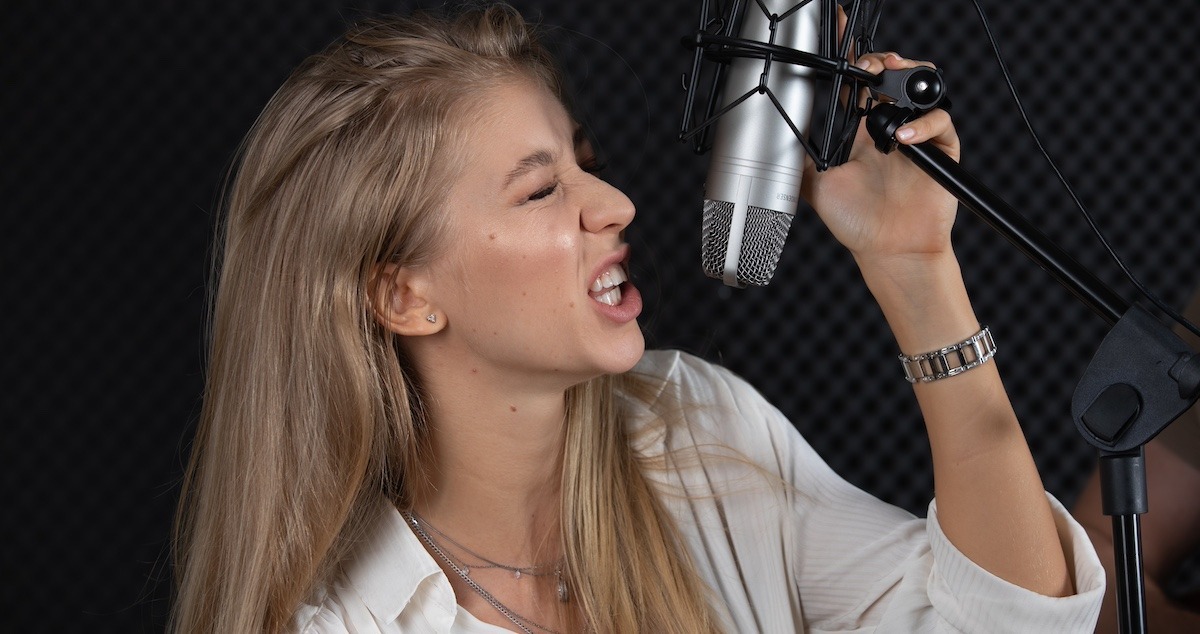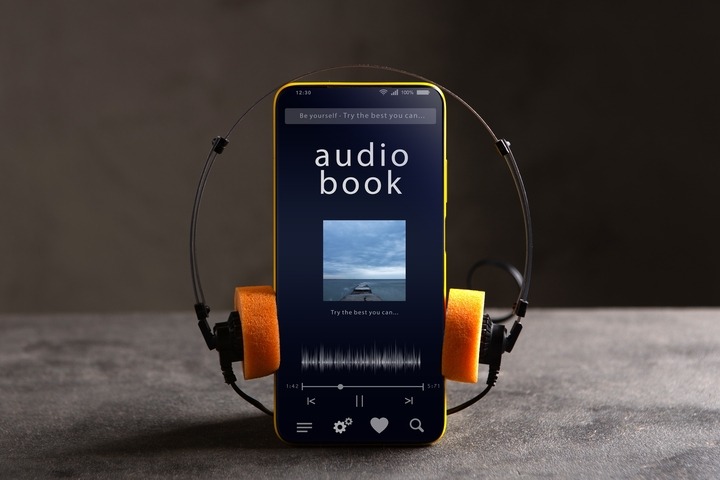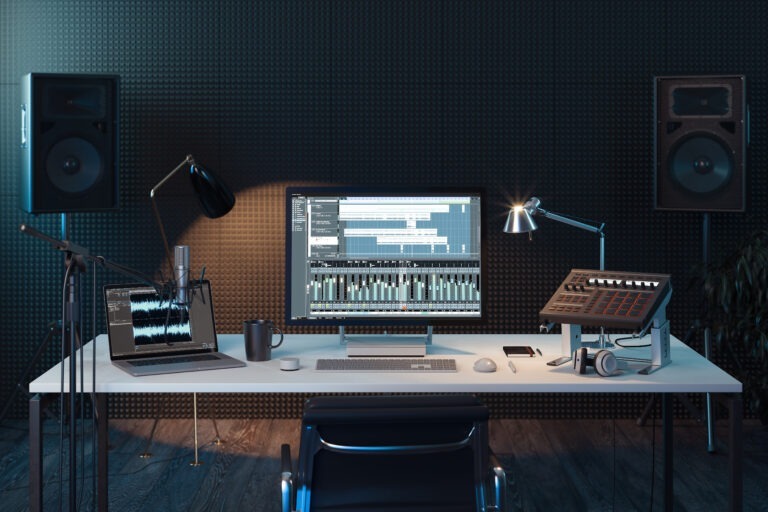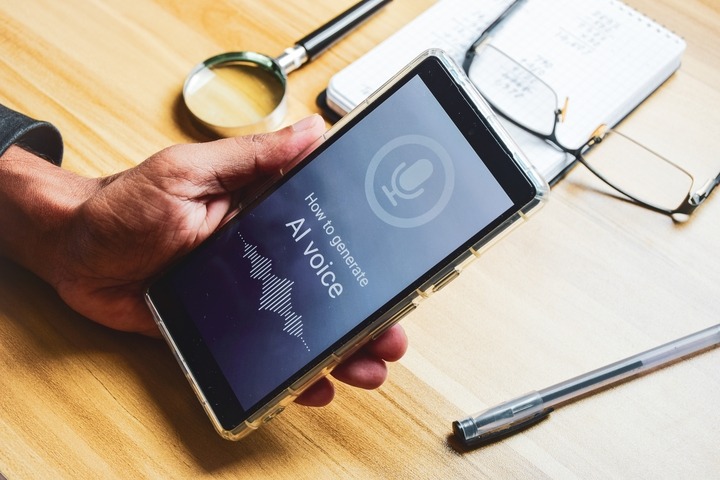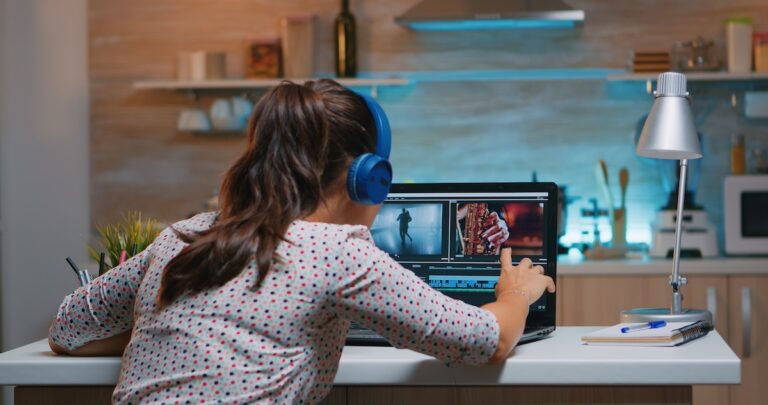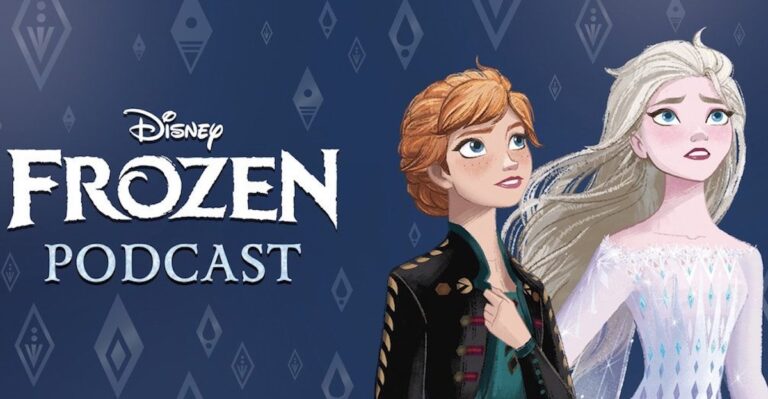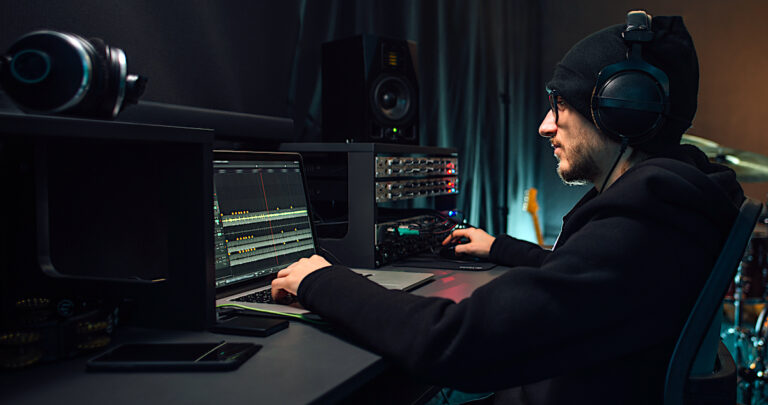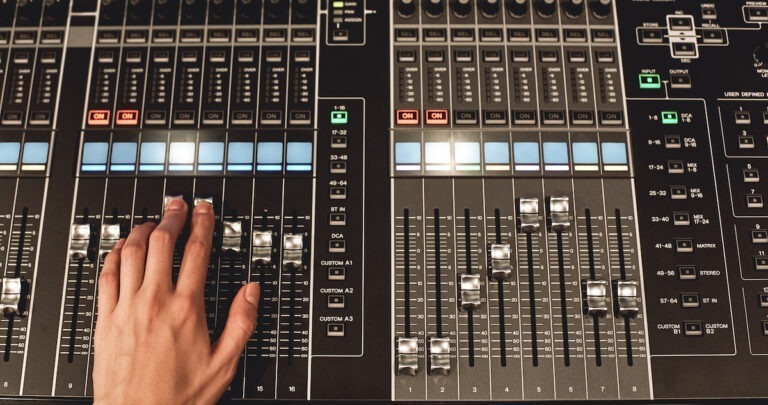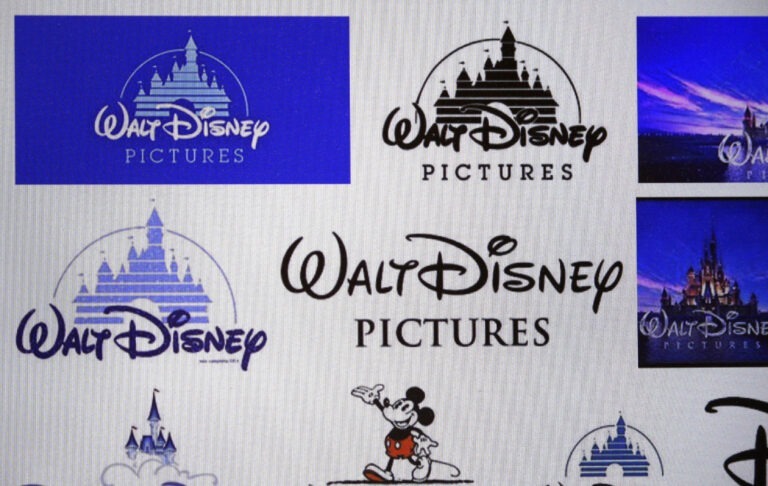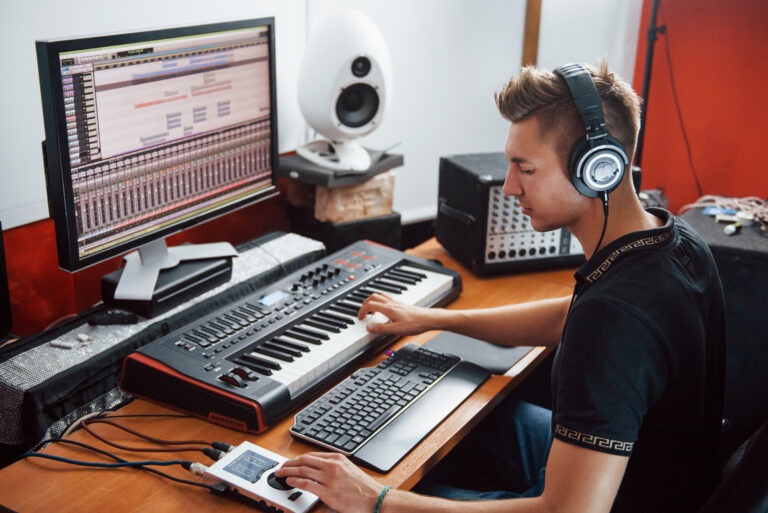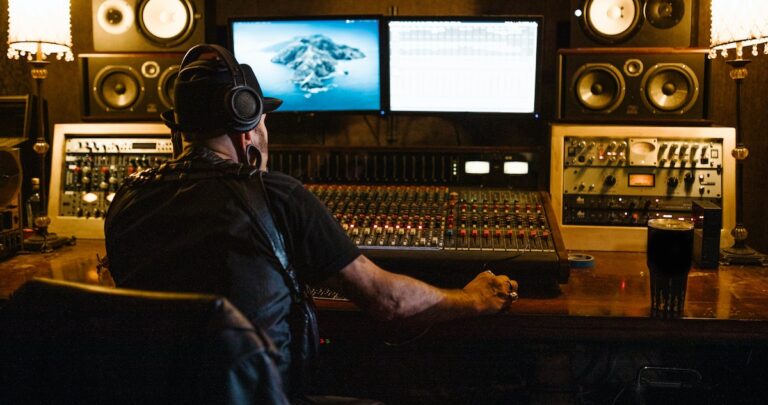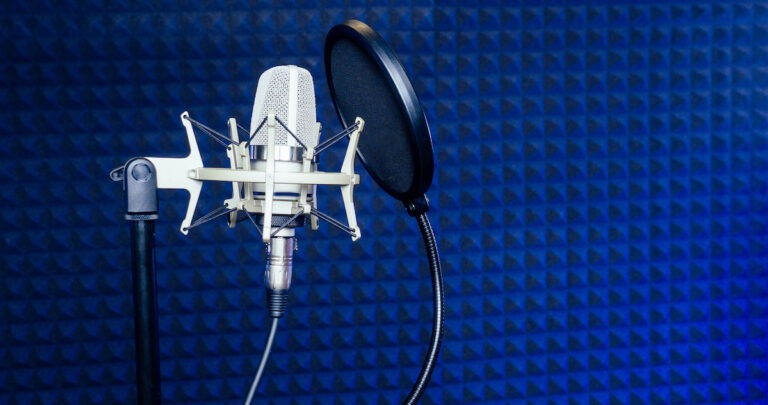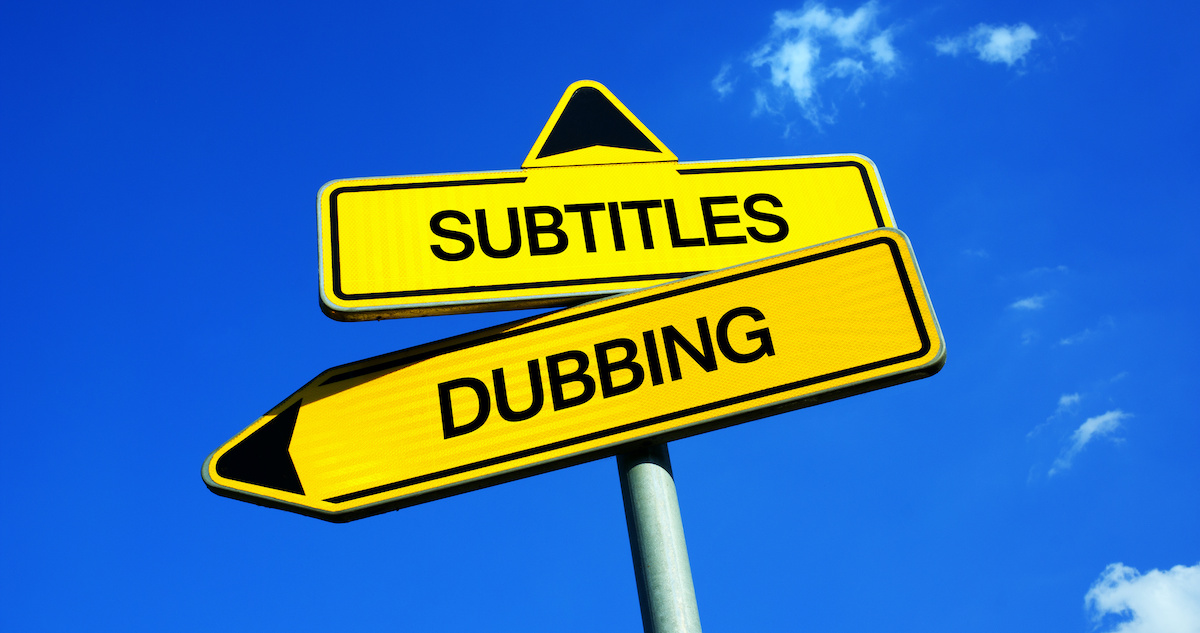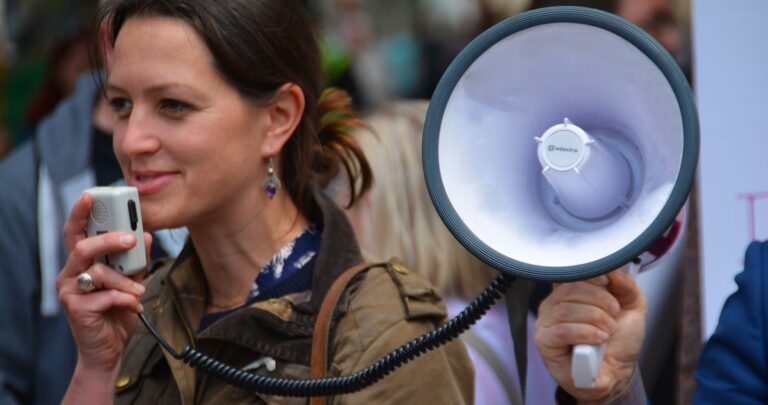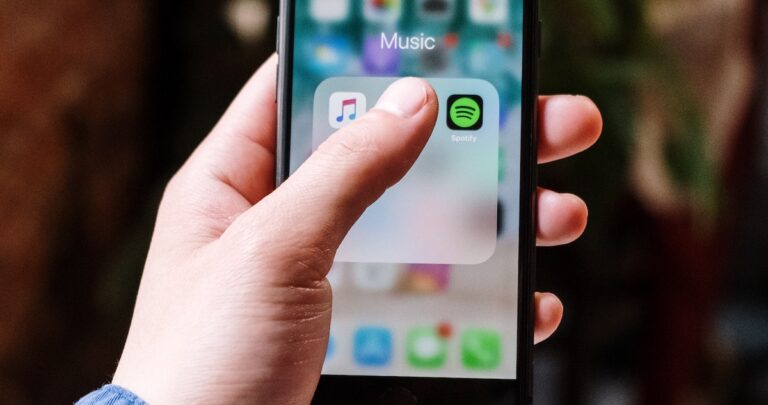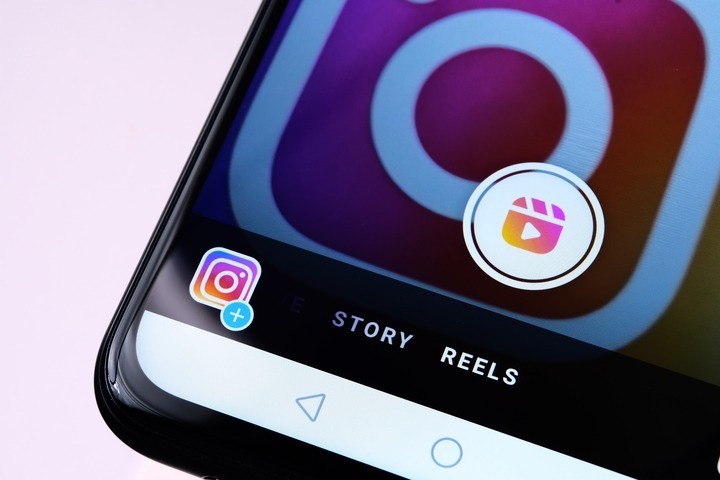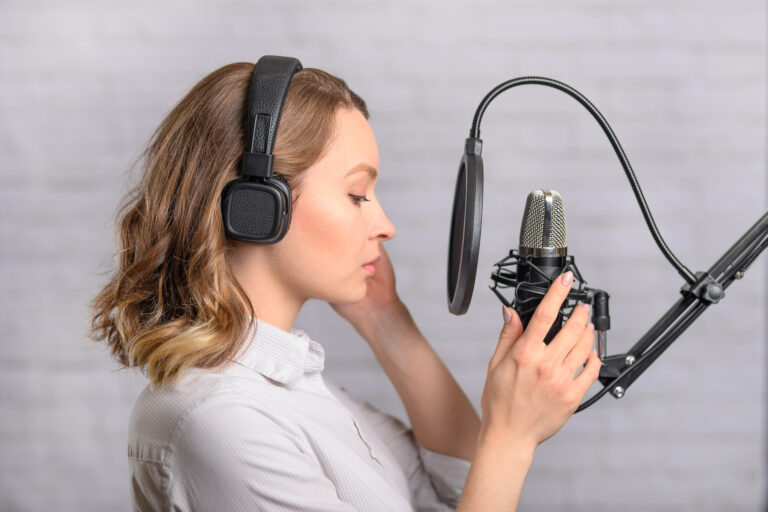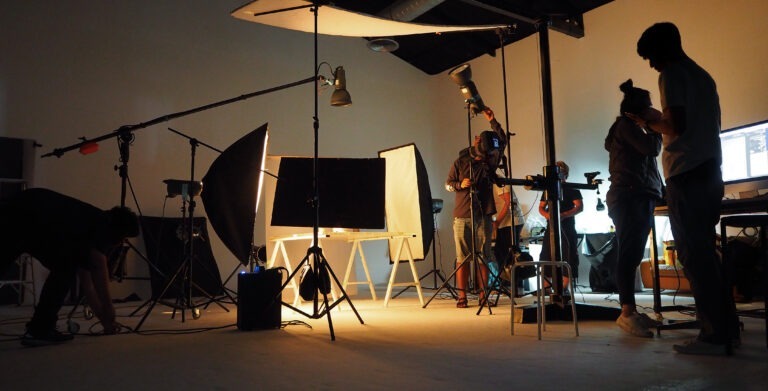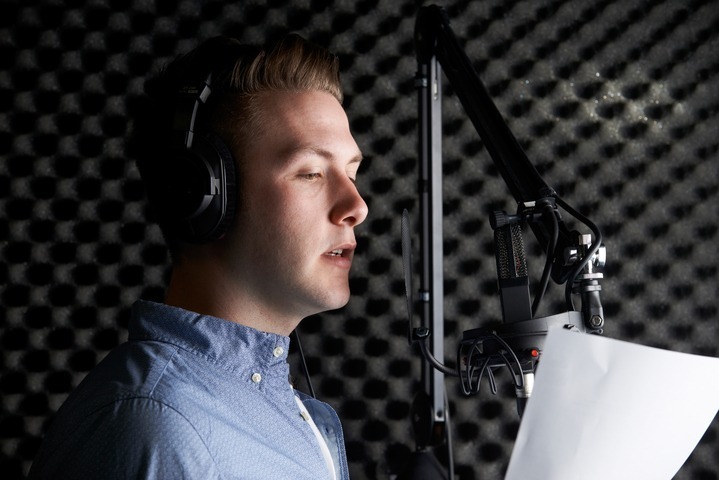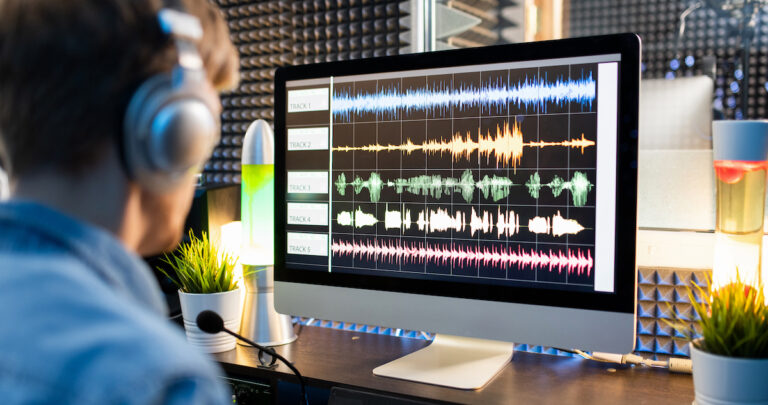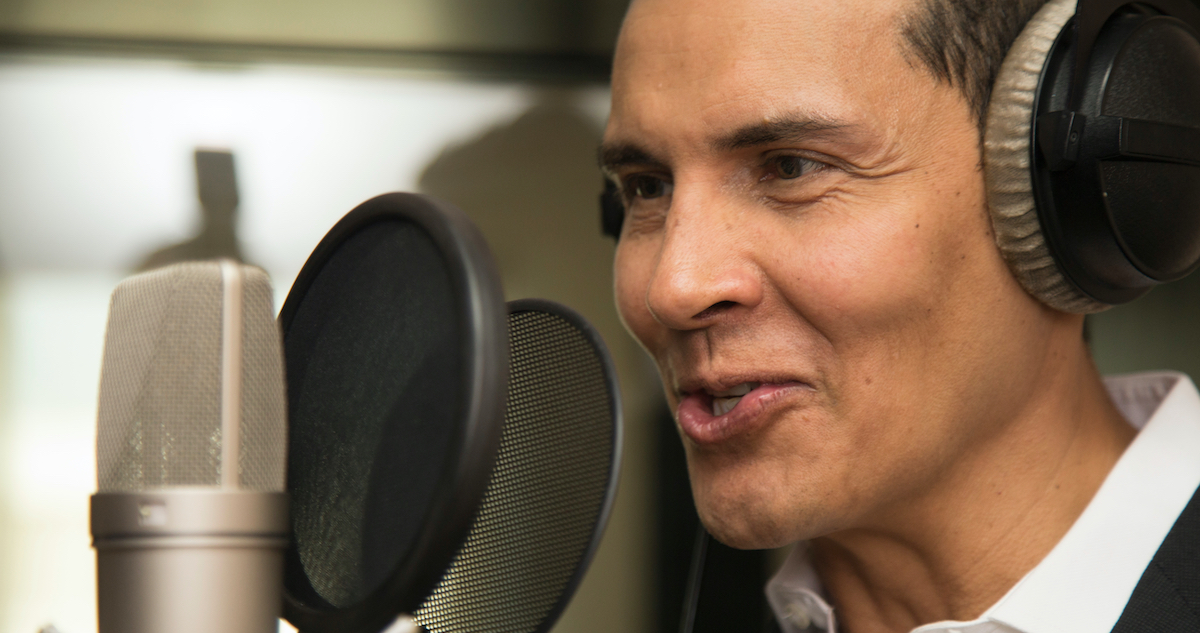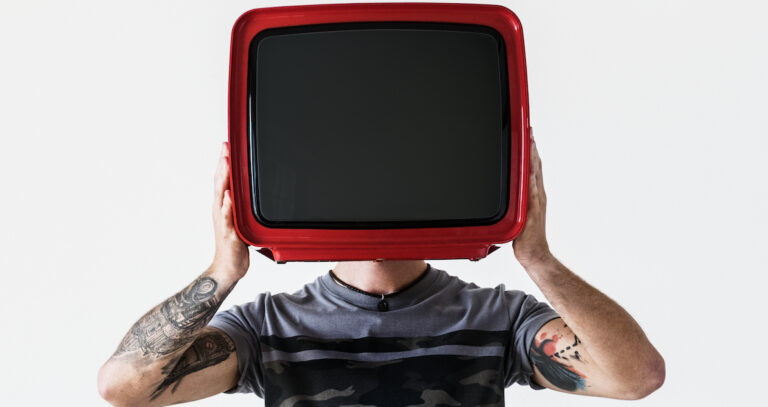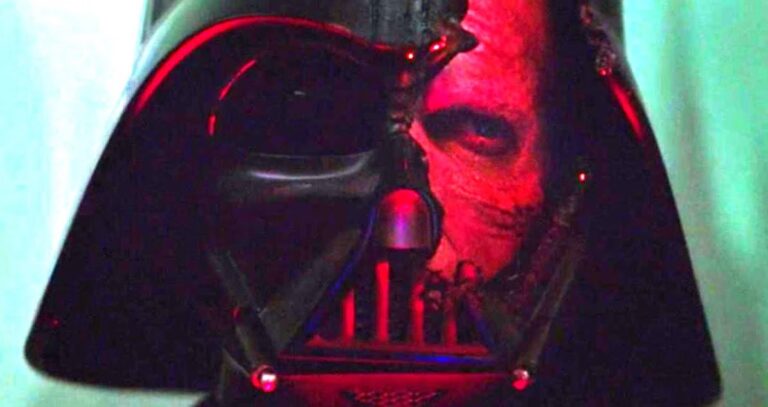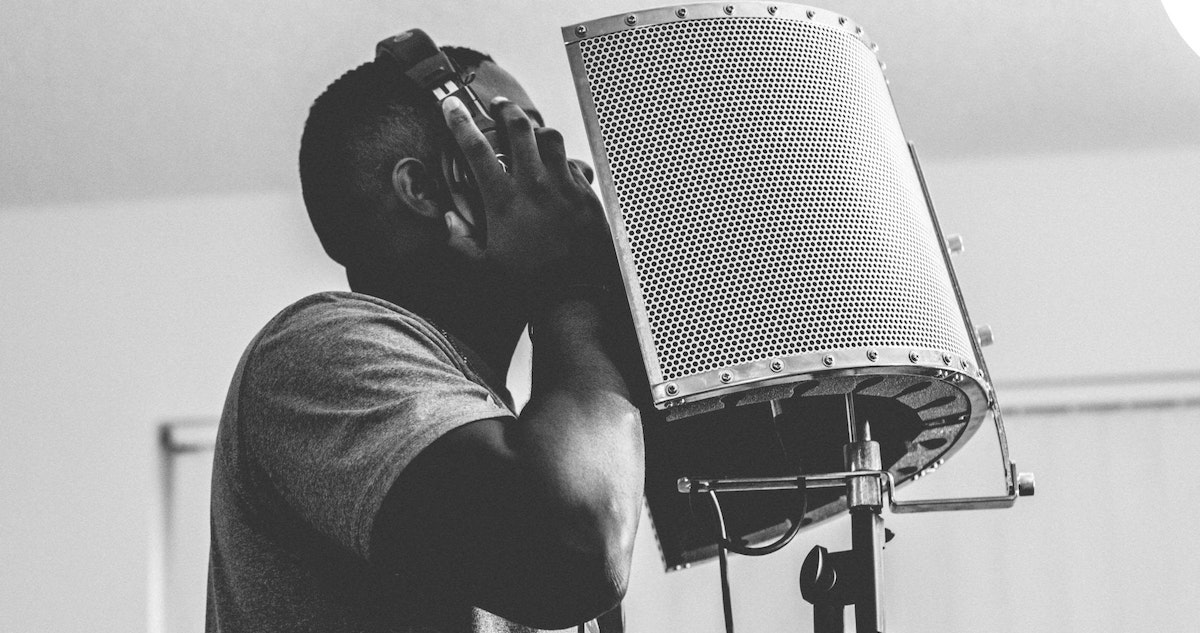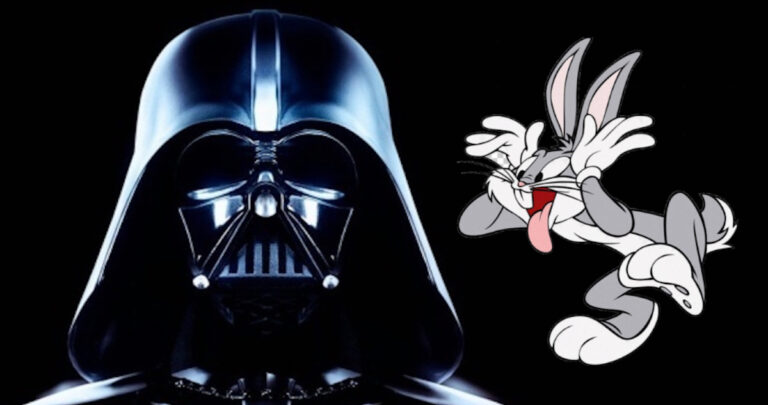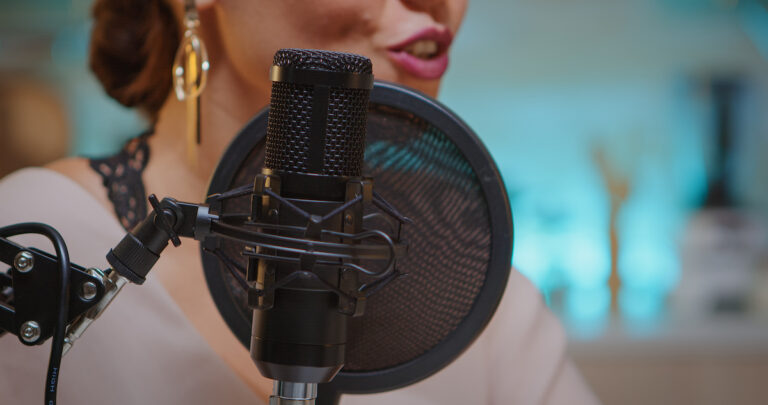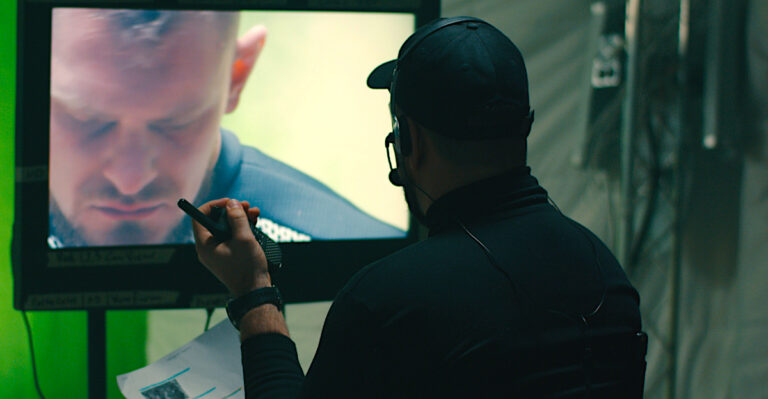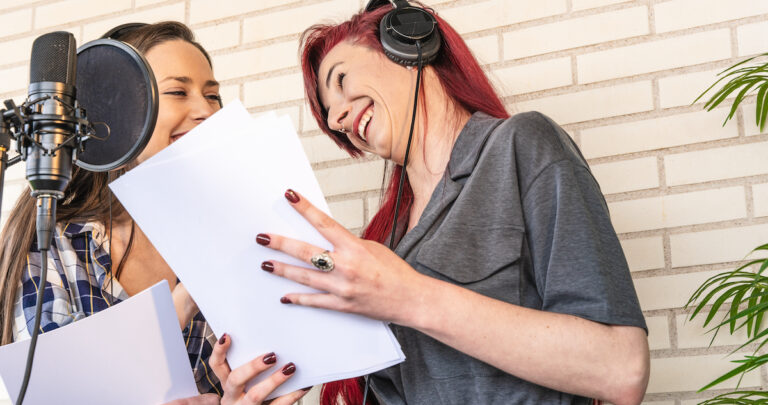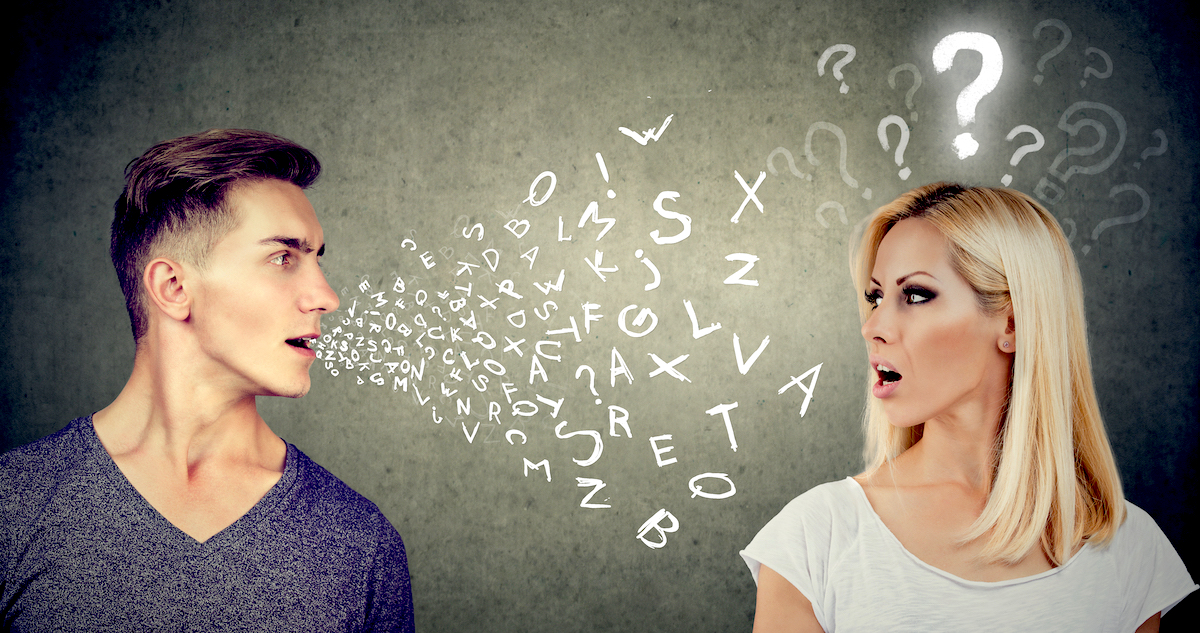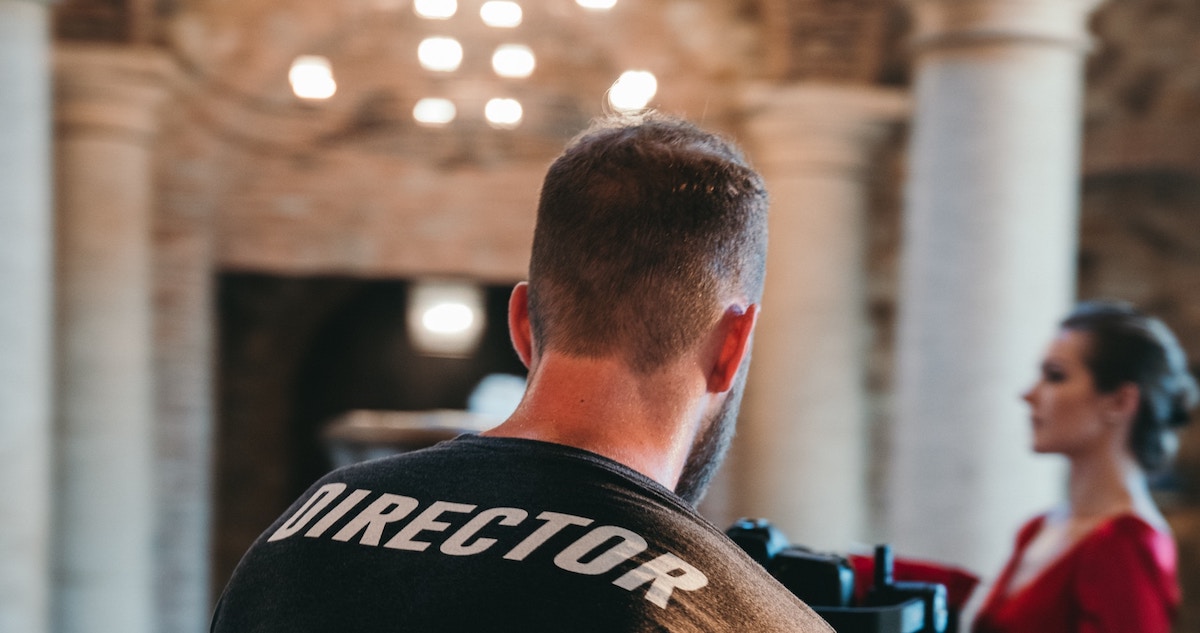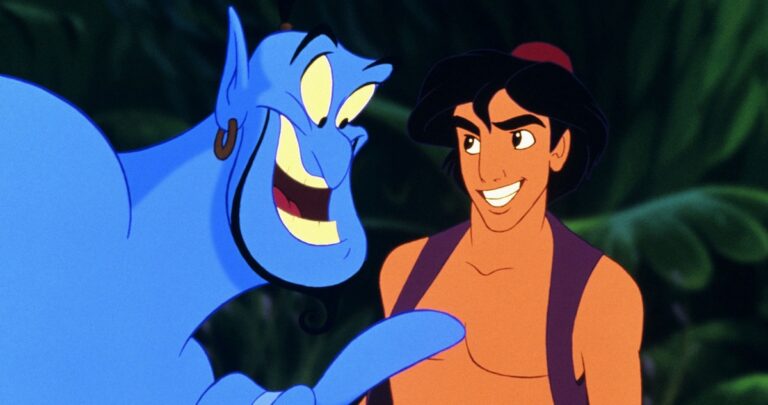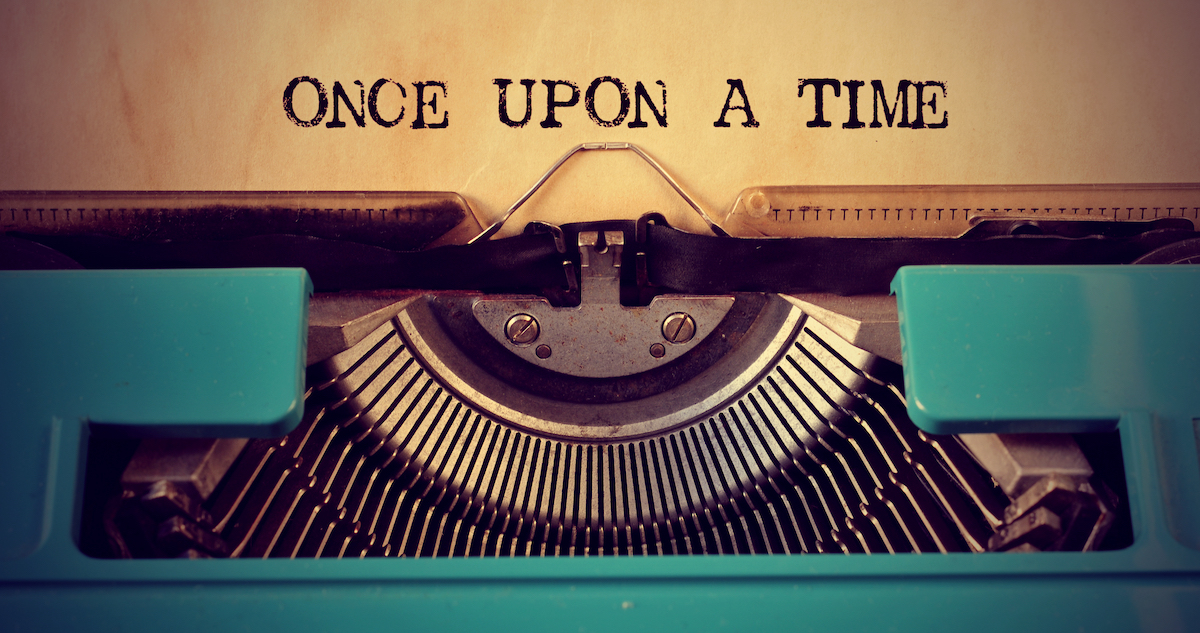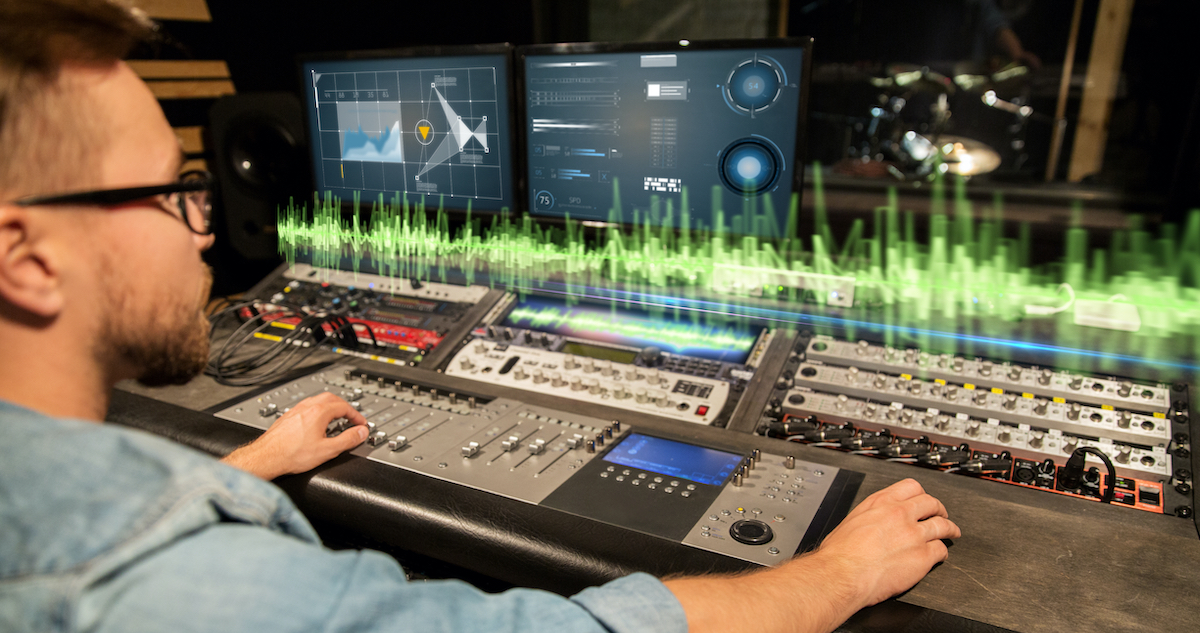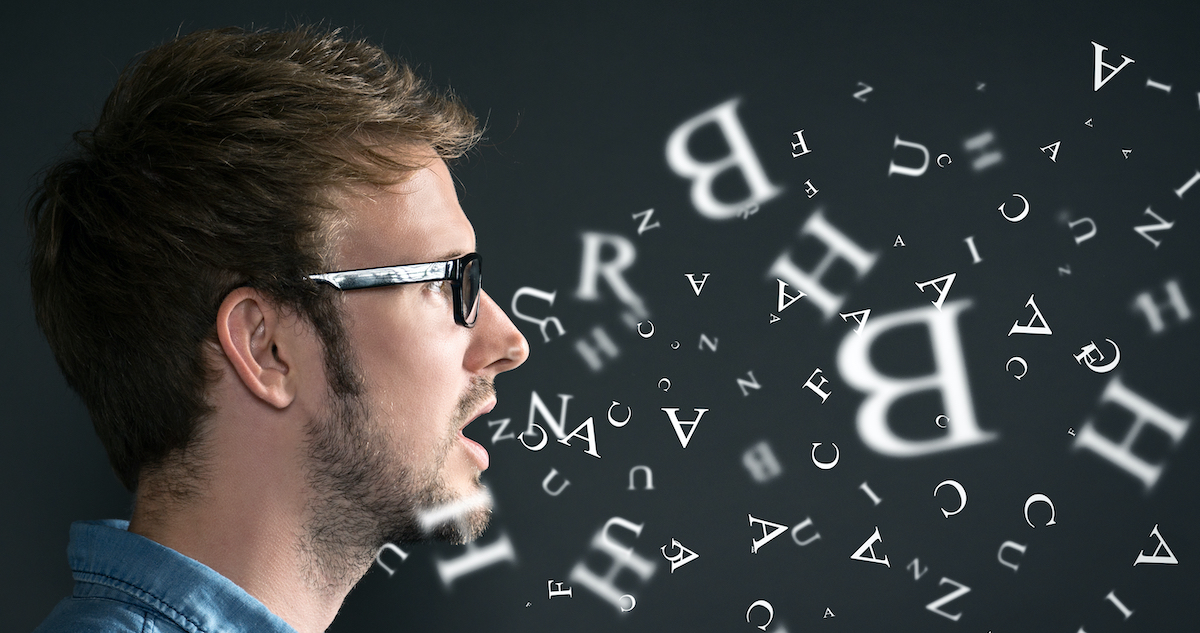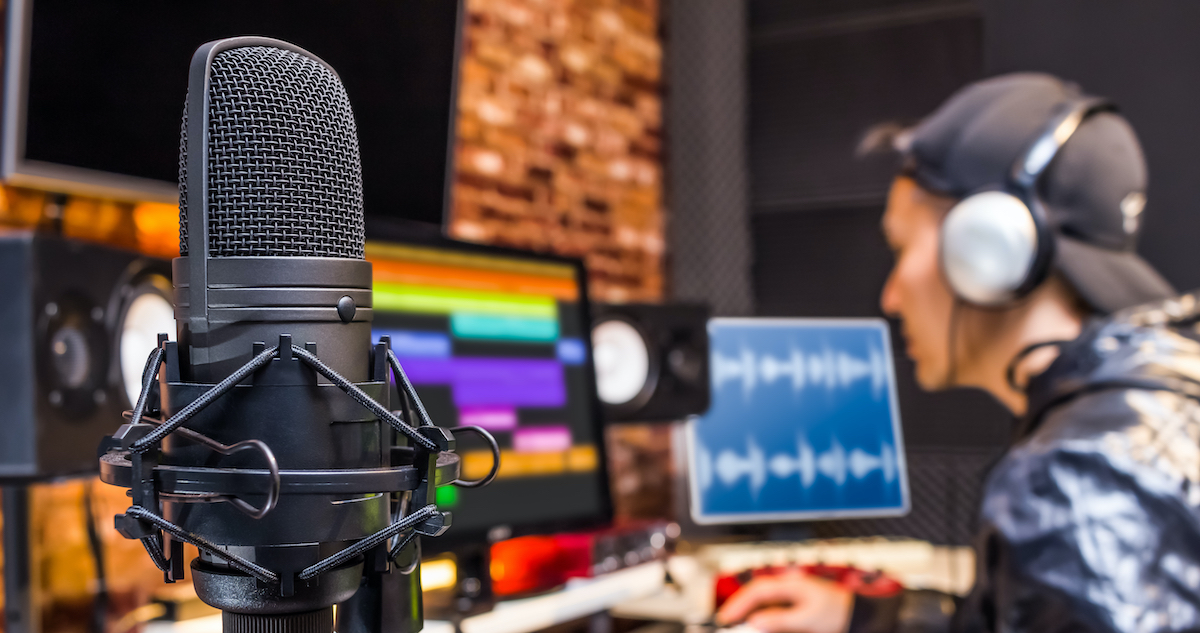Ah…vocal fry – that creaky, crackling sound used by singers, actors, voice over artists, and the most famous vocal fry example – The Kardashians. Now, as a unique speaking technique, it can add depth and character to any voice over project, but it’s still not an easy vocal tool to balance. Especially when audience preferences are constantly changing.
At Voice123, the home of incredibly talented voice actors – we understand the value distinctive voices and sound effects contribute to audio and video projects. So, in this post, we’ll take a closer look at what is vocal fry, what is a vocal fry voice, and techniques to use it effectively in voice over projects.
Are you ready to let your audio sizzle?
Watch our tutorial on what is vocal fry
What is vocal fry
Vocal fry is the creaky, low-pitched characteristic of a person’s voice that occurs when the vocal folds are relaxed and loosely joined together. This creates a slow, irregular vibration pattern in the vocal cords, producing a distinctive low-register vocal quality that makes the popping, crackling noise found in the lower range of human vocal capabilities. You can recognize fry at the end of a speaker’s phrases or sentences because that’s where the voice naturally drops to its lowest pitch.
For example, a podcast host can narrate an excerpt from a thriller using vocal fry to emphasize a chilling revelation in the plot. They can highlight the end of the phrase, “As she opened the door, she heard an eerie silence.” Focusing on eerie silence adds a haunting quality to the description and heightens the suspense.
How does vocal fry work
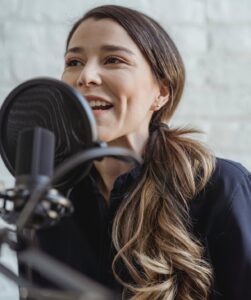
Vocal fry results from irregular vibrations in a person’s vocal cords at a low frequency. So, during regular speech, the vocal cords join smoothly, vibrating to produce sound as air passes through them from the lungs. However, when the vocal cords are limp, they vibrate with reduced tension compared to everyday speech, and this uncommon closure makes them vibrate at a much lower frequency, creating a sizzling, crackling tone.
While it is a natural part of speech in different languages and dialects, it’s also used intentionally in voice over projects and performances to convey specific moods or to emphasize certain phrases or characters. But many still believe it causes vocal fatigue and hoarseness. So, perception and usage vary across different contexts and cultures, where some find it desirable and others a sign of poor vocal habits. Before deciding, it’s best to consider some pros and cons.
Vocal fry pros and cons
Pros
- Expressive variation: Fry is typical in tonal languages like Vietnamese and Burmese. So, if it accentuates other languages, some believe it could add unique tones to American English speech through stylistic expression.
- Social connection: Some studies suggest that it is a social marker. It acts as a bonding tool within social groups, creating a sense of belonging and making people feel more socially acceptable.
Cons
- Perception in professional settings: Some people found vocal fry unprofessional in formal environments because the tone lacked proper articulation.
- Vocal strain: Medical Journals have released information that habitually using vocal fry can strain a person’s vocal cords, causing discomfort or vocal fatigue.
5 techniques for effective vocal fry voice overs
- Emphasizing emotions and intensity – It helps voice actors hold audiences’ attention, drawing out seriousness and urgency. In a documentary narration about a natural disaster, a fried voice can make specific phrases like “The destruction was catastrophic” sound more vivid.
- Creating contrast and variation – It keeps audiences engaged with dynamic range and impactful narratives. In audiobook narration, voice actors can switch between articulately reading the narrator’s lines and using vocal fry for other characters. For example, reading ‘The sun rose high above’ in a clear voice but using fry for’ Her world was changing.’
- Adding character depth – This technique can define characteristics and personalities, like secretive, brooding, or mysterious personas. Voice actors can also use it for animated characters, reading lines like ‘I have secrets you can’t fathom’ in a lower register to add an intriguing, mysterious tone.
- Strengthening narrative impact – It helps emphasize pivotal storyline moments by infusing emphasis and gravitas into essential elements. While narrating a historical documentary about a crucial moment, voice actors can use vocal fry for lines like, ‘It was a turning point in human history,’ to underscore the content’s significance.
- Balancing control and consistency – Applying the vocal fry meaning with intent helps you reinforce a message. When narrating a corporate presentation, you can emphasize key business strategies or crucial statistics by highlighting phrases like, ‘Our sales increased by 30% in the last quarter.’
So, should you use vocal fry in your projects?
It depends on the audience and the situation. For example, it can make a character sound more believable during an audition, but the same voice can sound inappropriate in a professional boardroom meeting. Yet many projects have used the vocal fry meaning to their advantage, like the popular Serial podcast, where the host uses it throughout the show. Another vocal fry example is Zooey Deschanel, who created the distinctive voice that sets animated characters apart, like Lani Aliikai in Surf’s Up and Bridget in Trolls. And if you decide to use this technique in your next project, you’ll find talented vocal fry voices on Voice123.
Final thoughts
Well, folks, a creaky voice can be an effective technique to add depth and character, but it’s also essential to understand the pros and cons of when and where it’s appropriate. If you choose to use it, it helps emphasize emotions and intensity, create contrast and variation, add character depth, strengthen the narrative impact, and balance control and consistency.
And now that you know the ins and outs of sizzling, creaking voices, and the best examples, you can choose a talented voice from the Voice123 pros or let our Managed Services oversee your entire project.
So, try vocal fry and enhance your sound in your next voice over project!
FAQs
It indicates casual speech, fatigue, uncertainty, or a stylistic choice in different languages and dialects. It can also signal emphasis or be a speech habit in some contexts.
The vocal technique isn’t exclusive to Millennials but is more common because of social influence. People are more exposed to specific speech patterns in popular media, seeking connections from social groups.
The vocal technique isn’t unique to Americans, but a person’s speech may be influenced by cultural trends and speech patterns in media and social groups.
Yes, some members of the Kardashian family use it. Some believe their vocal style has influenced popular culture because of exposure and the evolution of their public personas.


